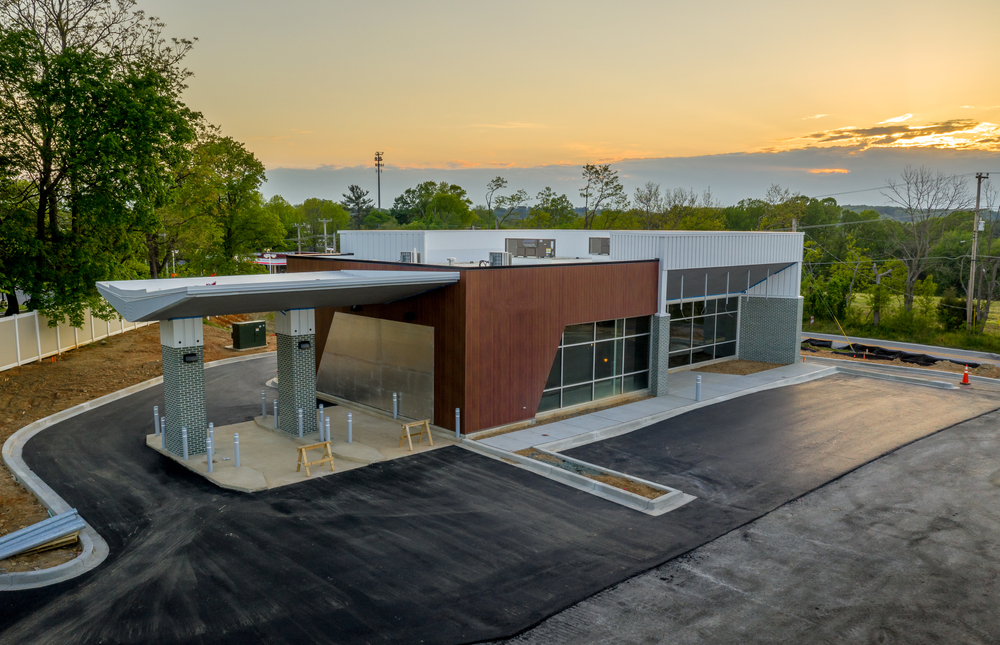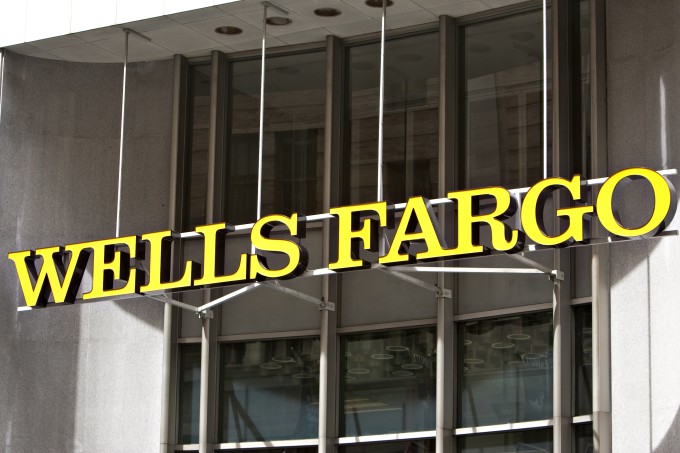Bank Branches Transformation: “Experience Stores”
Long before the pandemic hit, many banks were well on their way to rethinking their branches to better accommodate customers’ increased use of digital channels. With the net closure of nearly 3,000 branches in the U.S. last year and a similar pace in the first half of 2022, the reinvention of the branch has taken on even more urgency.

According to BAI Banking Outlook research that identifies the top banking trends and challenges for 2022, customers expect that by 2024:
- 61% of their banking business will be digital
- 39% will be human-assisted
The biggest projected increases will likely come from mobile and ATM, according to BAI Banking Outlook.
Branches Still Vital
Nevertheless, the report mentions the ongoing importance of branches:
“Branches are still critical for many customers today and (are) the preferred method for opening deposits by Gen X and Boomers.”
We noted a year ago that bank branch visits were actually increasing, making a "comeback" of sorts after lockdowns had forced remote banking to be the norm for a period of time. However, as we evolve back to normalcy, branches are again becoming popular.
Bank customers continue to want conveniently accessible physical branches, but the definition of “convenient” has changed noticeably over the past decade, says Dave Martin, founder of consulting firm Bankmechanics in Sugar Land, Texas. If customers need to visit branches less frequently, the distance they’re willing to travel to the closest branch increases, thereby expanding the viable service area of each location.

Martin goes on to point out that many of the branch reductions observed represent "adjustments" -- large banks “rightsizing” their networks, tweaking the remaining branches. “Branches remain the center of the banking universe for the majority of banks and the growth engines for these operations.”
Midwestern Case Study: IncredibleBank
BAI further relates the story of the $1.7 billion-asset IncredibleBank in Wausau, Wisconsin, which had been, prior to the pandemic, working to create the “branch of the future,” complete with teller pods, cash recyclers, and headsets for staff to help them move more freely around the branch and service drive-thru customers.
“The pandemic has most certainty expedited the transformation of our branches,” says Todd Nagel, the bank’s CEO. To create a better experience for customers in vehicles, IncredibleBank improved drive-thru audio and lighting and introduced video. Cash tubes are now adjustable, easing access for customers in vehicles of all sizes.

With branches are handling fewer transactions, staff are more focused on consulting with customers, Nagel says. Seventy percent of consultations have focused on helping customers learn how to use the mobile app. “This has also caused a major shift in the type of employees we recruit—we’re now looking for much more tech-savvy people.”
While IncredibleBank has always had a sales culture, Nagel believes customers have become more proactive in asking about other products and services. “It’s the sentiment that, ‘I’m coming into this building now, what else do you have that I should be looking at?’”
Meanwhile, Wells Fargo has reduced its total branch count, reacting to customer preferences and transaction patterns shifting more to digital channels, says Shaun McDougall, growth and branch administration leader. Still, branches remain an important element in their service mix:
However, there are still opportunities to consolidate existing branches and/or open new branches “as customers engage in financial checkups with bankers to create and fine-tune long-term financial plans.”

“Every day customers walk into a branch to talk to a banker about a complex financial need or a life milestone like home buying,” McDougall says. “Our branches continue to be a place where customers can sit down with a banker and have a meaningful financial conversation to help them reach their goals.”
"Experience Stores" - The Strength and Focus of Branches
Consulting firm Accenture described “experience stores”—the centerpiece of “an agile, integrated network of environments that are multi-format, geographically tailored and digitally enabled.” This, they predict, will be the strength and focus of branches.
In Accenture’s vision, laid out in a pre-pandemic report, experience stores will showcase products and provide complex advice; empower staff with simple mobile technology; and operate as an integrated component of the overall channel strategy. Branch networks in each market will feature an “experience hub” augmented by satellite branches.
The article places importance on a hybrid strategy, providing customers with a seamless experience whether they choose to bank digitally -- ATM or mobile -- or at physical branch locations. What this means for banks is leveraging technologies that are able to be deployed in any channel -- including traditional payments like checks.
This is a strategy that OrboGraph initiated back in 2017 with the launch of the OrboAnywhere suite of check processing solutions. This technology can be deployed in any channel of the omnichannel, enabling bank customers to deposit their checks through whatever pathway is most convenient for them.
